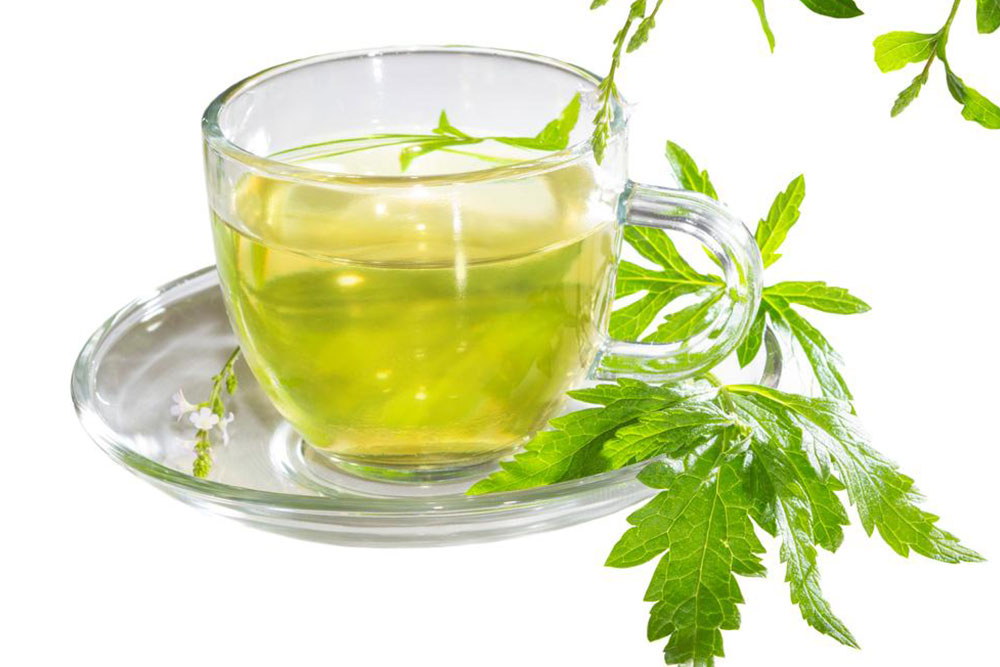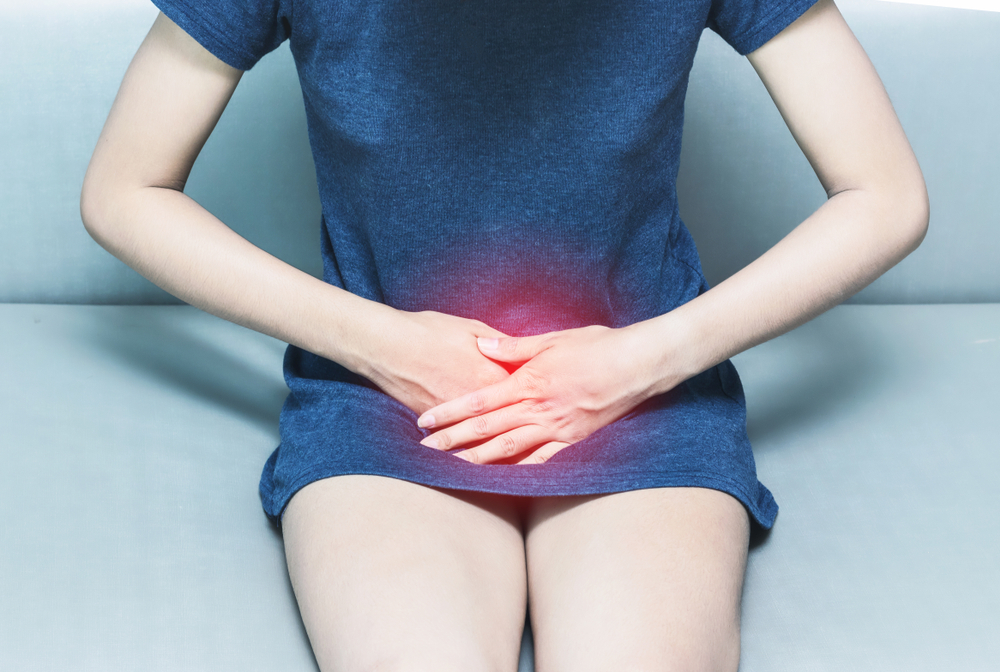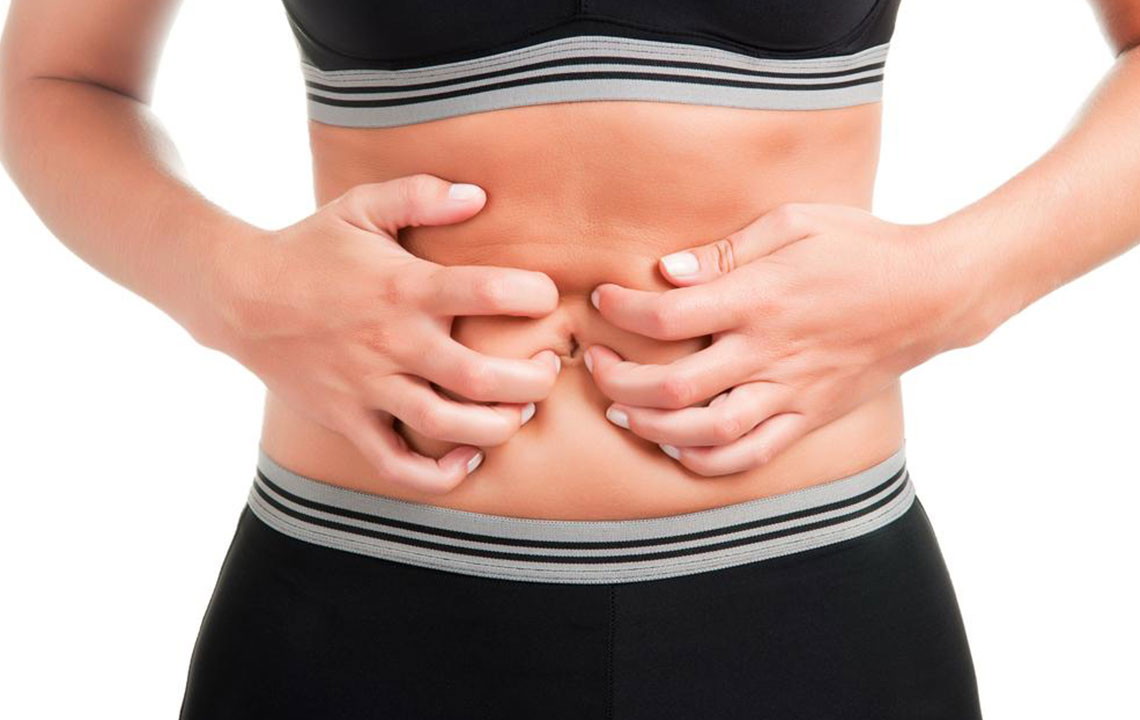Natural Approaches to Managing Bladder Prolapse Effectively
Manage bladder prolapse naturally with effective lifestyle strategies like weight control, pelvic floor exercises, proper hydration, and dietary modifications. These approaches complement medical treatments, helping to alleviate symptoms and strengthen pelvic support. Early intervention and consistent self-care can prevent the progression of prolapse, improving overall quality of life. Regular exercises, maintaining a healthy weight, and avoiding straining are key components of successful management. Consult healthcare professionals for personalized plans and ensure comprehensive care for optimal pelvic health.

Natural Approaches to Managing Bladder Prolapse Effectively
Bladder prolapse, also known as cystocele, is a condition where the bladder descends into the vaginal canal due to weakened supporting tissues. This condition primarily results from the weakening of vaginal muscles and ligaments that normally provide essential support to the bladder. Various factors contribute to this weakening, including childbirth trauma, menopause, declining estrogen levels, chronic constipation, and heavy lifting. Recognizing and managing bladder prolapse early is critical to prevent further complications and improve quality of life. Although medical treatments such as pelvic floor surgery or pessaries are often necessary, adopting lifestyle modifications and self-care routines can significantly alleviate symptoms and strengthen pelvic support.
Maintain a Healthy Weight to Reduce Pelvic Pressure – Excess weight exerts additional pressure on pelvic muscles and tissues, accelerating their weakening and worsening prolapse. Achieving and maintaining a healthy weight through balanced diet and regular exercise can help reduce this pressure. It is advisable to consult healthcare professionals or registered dietitians to develop a safe weight management plan tailored to individual needs. Weight loss, when combined with other pelvic floor strengthening measures, can often lead to noticeable improvements over time.
Pelvic Floor Exercises: Strengthening Your Core – Regular pelvic floor exercises, commonly known as Kegel exercises, are highly effective in enhancing the strength and endurance of pelvic muscles. These exercises involve repeatedly contracting and relaxing the pelvic floor muscles, which support the bladder, urethra, and other pelvic organs. Consistent practice can improve muscle tone, prevent further descent, and alleviate symptoms such as urinary leakage or discomfort. To maximize benefits, it’s best to perform these exercises daily and seek guidance from a pelvic floor physical therapist to ensure proper technique.
Stay Hydrated and Nourished for Optimal Bladder Health – Drinking adequate amounts of water throughout the day not only helps in detoxification but also prevents urinary infections that can worsen prolapse symptoms. Incorporate a variety of fruits and vegetables rich in vitamins, minerals, and antioxidants to support tissue health and reduce inflammation. Juicing fresh produce or consuming whole foods ensures necessary nutrients are absorbed effectively.
Consume High-Fiber Foods to Promote Bowel Regularity – Constipation is a common aggravating factor in bladder prolapse. Including high-fiber foods such as nuts, whole grains, vegetables, and fruits in your diet encourages healthy bowel movements. This reduces straining during defecation, which can put pressure on pelvic walls and exacerbate prolapse. If necessary, use stool softeners or laxatives under medical guidance and establish a consistent bowel routine to avoid unnecessary strain.
Avoid Heavy Lifting and Strenuous Activities – Lifting heavy objects or engaging in vigorous physical activity can increase intra-abdominal pressure, further weakening pelvic support structures. Practice proper techniques when lifting, or seek alternatives that put less strain on your pelvic area. Protecting your pelvic muscles by avoiding unnecessary heavy lifts can prevent symptoms from worsening and support overall pelvic health.
It is crucial to seek timely medical advice if symptoms worsen or persist. Combining traditional medical treatments with these natural self-care strategies can significantly improve the management of bladder prolapse, reduce discomfort, and enhance daily functioning. Sustainable management involves a holistic approach encompassing lifestyle changes, physical therapy, and medical intervention if necessary.





